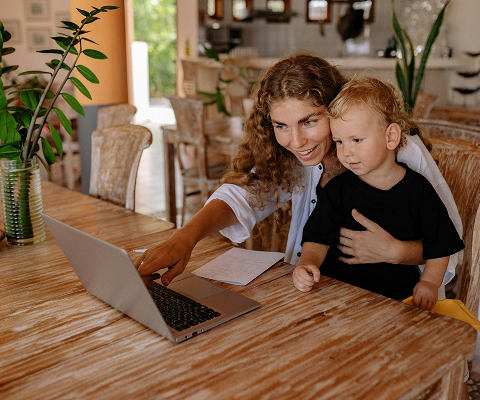Analyzing Down Payment Barriers and Solutions in the American Real Estate Market
Across the United States, interest rates have been riding high and home values have held steady or even increased, highlighting the significance of amassing a substantial down payment.
According to recent data from Zillow, acquiring a median-priced house without exceeding 30% of a household's income on housing expenses is becoming an uphill battle in most of the 50 largest U.S. markets.
There’s a silver lining, though. In several Midwestern cities where home values have seen consistent growth, potential homeowners might not need to put down the traditional 20% to secure a home loan if they have a solid credit score and little to no additional debt.
Markets like Austin, Jacksonville, Charlotte, and Raleigh emerge as affordable sanctuaries, offering hopeful buyers a slice of the homeownership pie with less upfront financial strain.
On the other end of the spectrum, the down payment barrier in high-cost areas such as Los Angeles and San Jose can feel insurmountable. In Los Angeles, for instance, a median-income household faces a down payment challenge of 81.1%, or $780,203, to afford a median-priced home.
San Jose pushes this boundary even further, requiring north of $1.3 million for a down payment, dwarfing the value of homes in most other major cities. Similar daunting figures are seen in metro zones like New York City, Miami, Boston, and Seattle, where the norm shifts to down payments exceeding 60% of the home’s value.
What does the journey to saving for such a significant down payment look like? Take Seattle, with a median home value near $753,500. Here, a family earning the median annual income of $116,000 would need to save 10% of their income every month, potentially taking up to 24 years to save the requisite $462,000, assuming a modest 4% return on their savings.
This challenging scenario underscores the rising reliance on down payment gifts—with 43% of last year’s buyers receiving help from family or friends—and the importance of rental income considerations for Millennials and Gen Z, more than half of whom see it as crucial to their homeownership plans.
In response to these challenges, down payment assistance programs serve as a crucial aid. For example, in Minneapolis, the average assistance amount stands just shy of $22,750, making the leap towards homeownership notably less daunting by decreasing the down payment requirement from 27% to 21%.
Despite the hurdles present in the current market, aspiring homeowners are finding innovative ways to approach the down payment dilemma. With the help of down payment gifts and assistance programs, the dream of owning a home is shifting from a distant desire to a tangible goal for many Americans.
-
Looking for rental and downpayment assistance? Check out these articles:











